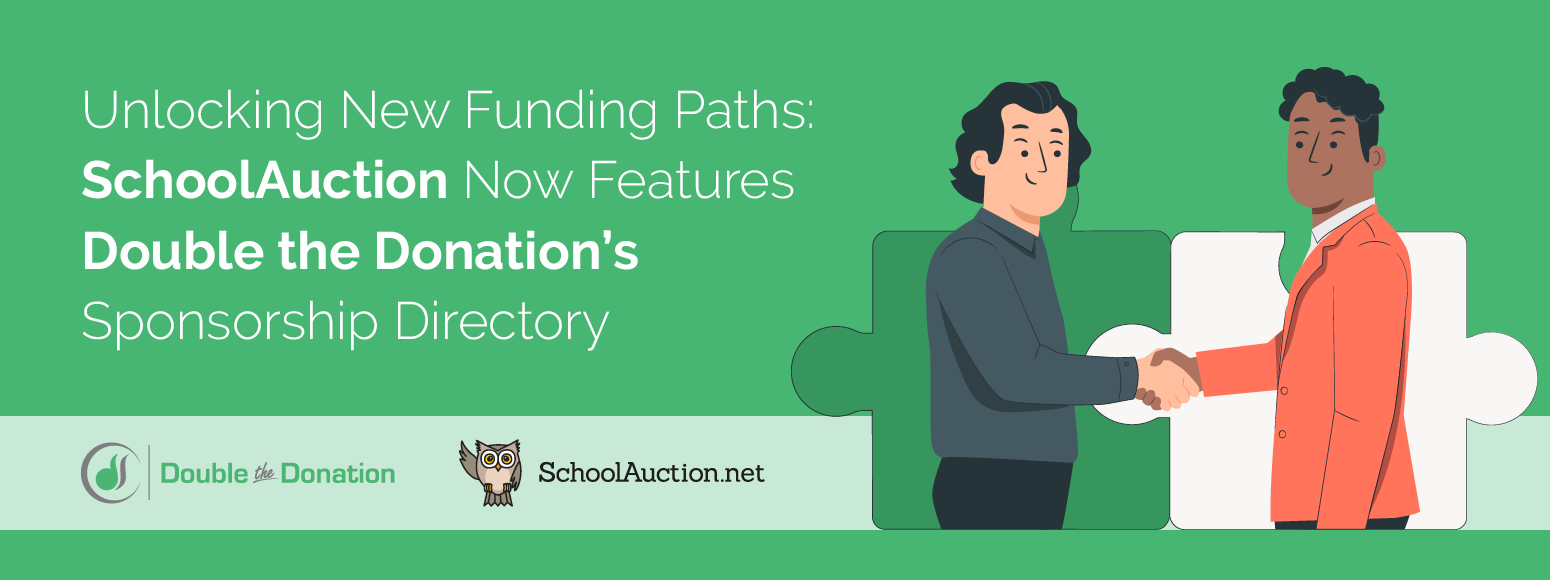
Simplifying Fundraising: SchoolAuction Now Features Double the Donation’s Sponsorship Directory
Double the Donation and SchoolAuction are excited to announce…
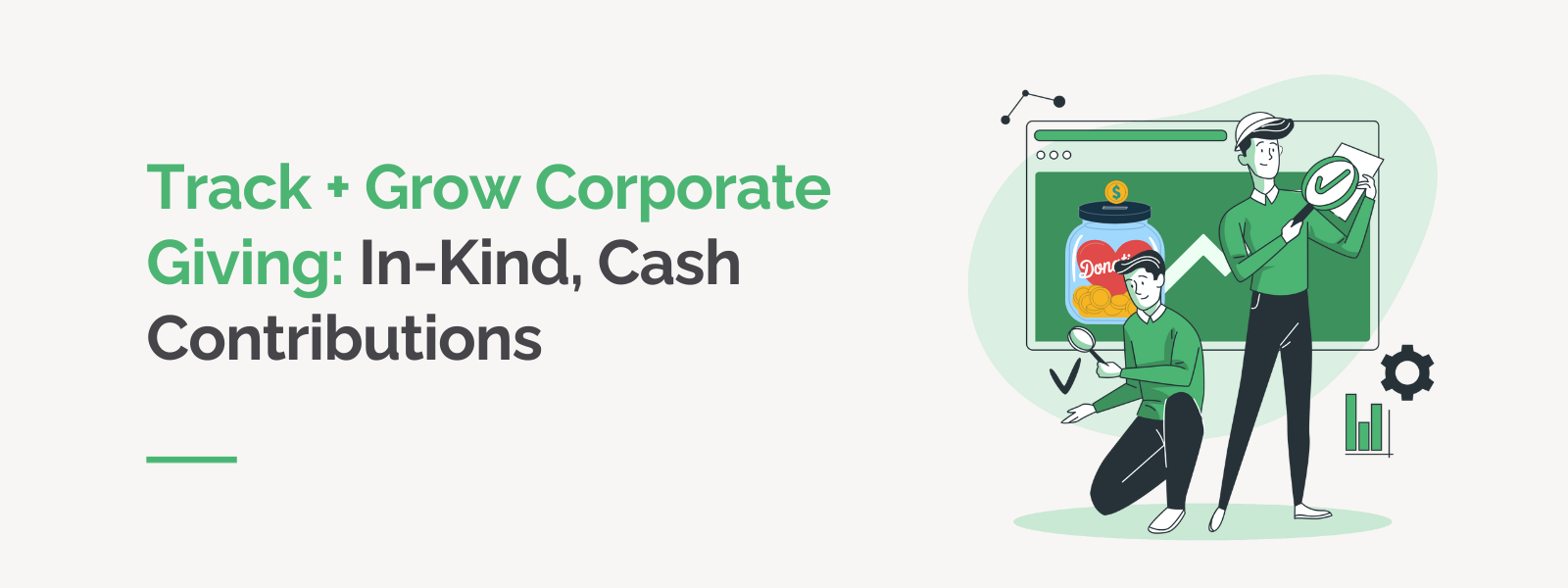 https://doublethedonation.com/wp-content/uploads/2025/08/DTD_Track-Grow-Corporate-Giving-In-Kind-Cash-Contributions_Feature.png
600
1600
Adam Weinger
https://doublethedonation.com/wp-content/uploads/2025/11/DTD-horizontal-logo-300x63.png
Adam Weinger2025-08-27 19:32:122025-11-21 06:48:47Track + Grow Corporate Giving: In-Kind, Cash Contributions
https://doublethedonation.com/wp-content/uploads/2025/08/DTD_Track-Grow-Corporate-Giving-In-Kind-Cash-Contributions_Feature.png
600
1600
Adam Weinger
https://doublethedonation.com/wp-content/uploads/2025/11/DTD-horizontal-logo-300x63.png
Adam Weinger2025-08-27 19:32:122025-11-21 06:48:47Track + Grow Corporate Giving: In-Kind, Cash Contributions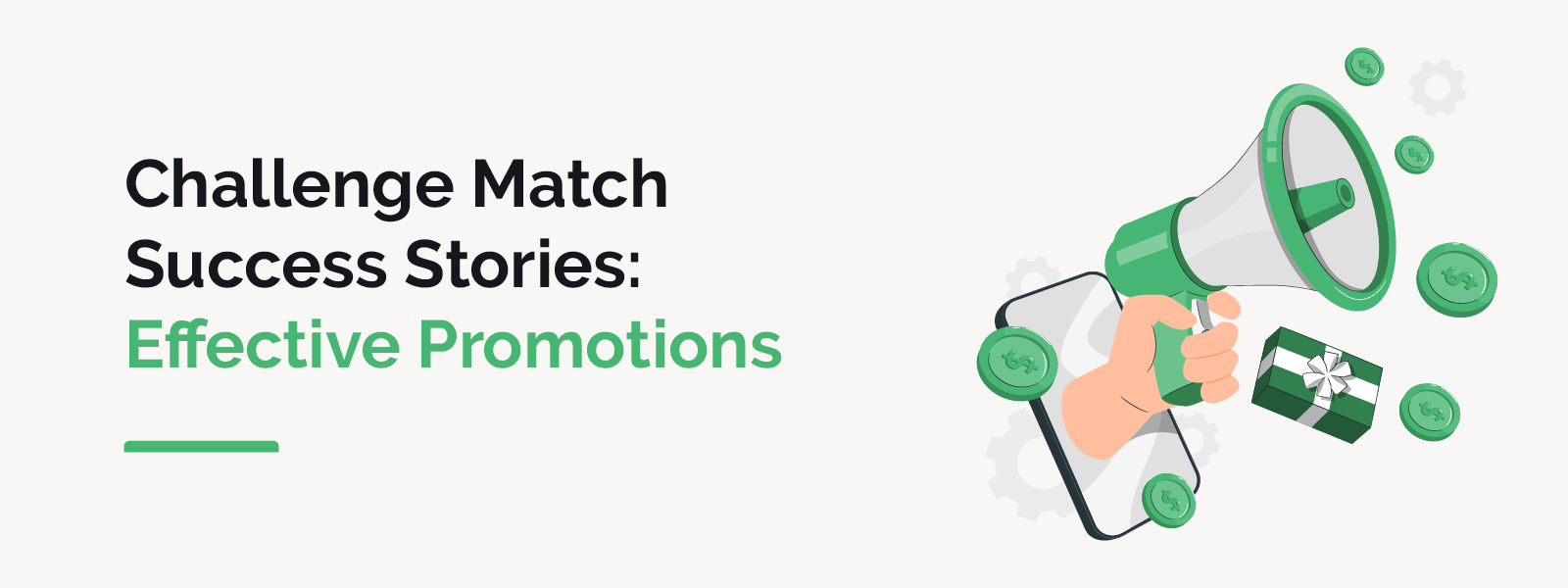
7 Challenge Match Success Stories: Effective Promotions
Challenge match campaigns are a powerful fundraising tool for…
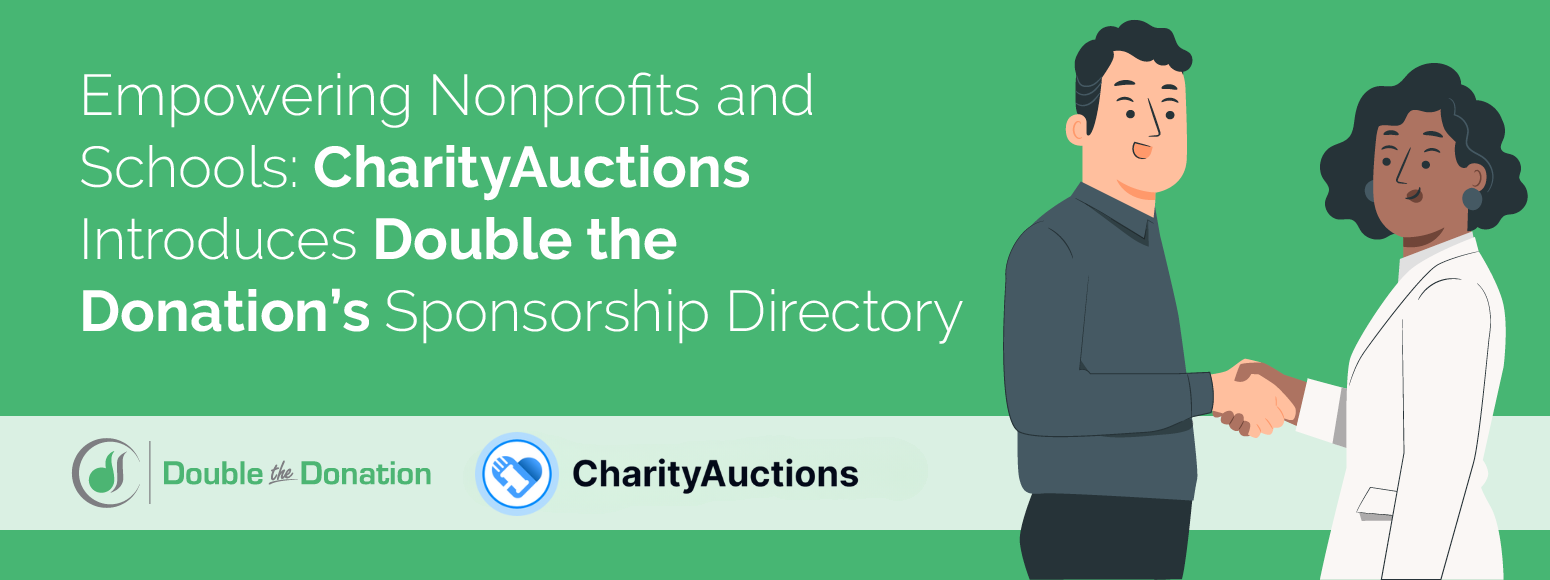
Empowering Nonprofits and Schools: CharityAuctions Introduces Double the Donation’s Sponsorship Directory
Double the Donation and CharityAuctions are excited to announce…

Unlocking Corporate Grants Using Supporter Employment Data
Securing corporate grants can often feel like a daunting task,…
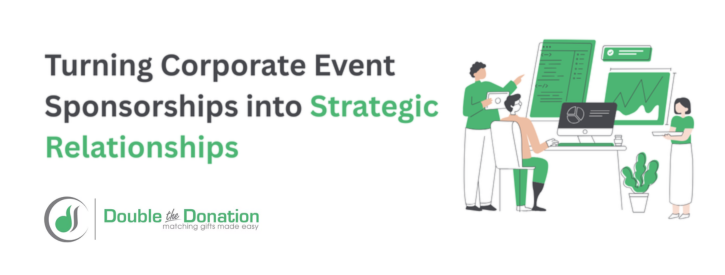 https://doublethedonation.com/wp-content/uploads/2025/08/Turning-Corporate-Event-Sponsorships-into-Strategic-Relationships_Feature-1.png
275
725
Adam Weinger
https://doublethedonation.com/wp-content/uploads/2025/11/DTD-horizontal-logo-300x63.png
Adam Weinger2025-08-11 18:00:502025-11-21 07:00:57Turning Corporate Event Sponsorships into Strategic Relationships
https://doublethedonation.com/wp-content/uploads/2025/08/Turning-Corporate-Event-Sponsorships-into-Strategic-Relationships_Feature-1.png
275
725
Adam Weinger
https://doublethedonation.com/wp-content/uploads/2025/11/DTD-horizontal-logo-300x63.png
Adam Weinger2025-08-11 18:00:502025-11-21 07:00:57Turning Corporate Event Sponsorships into Strategic Relationships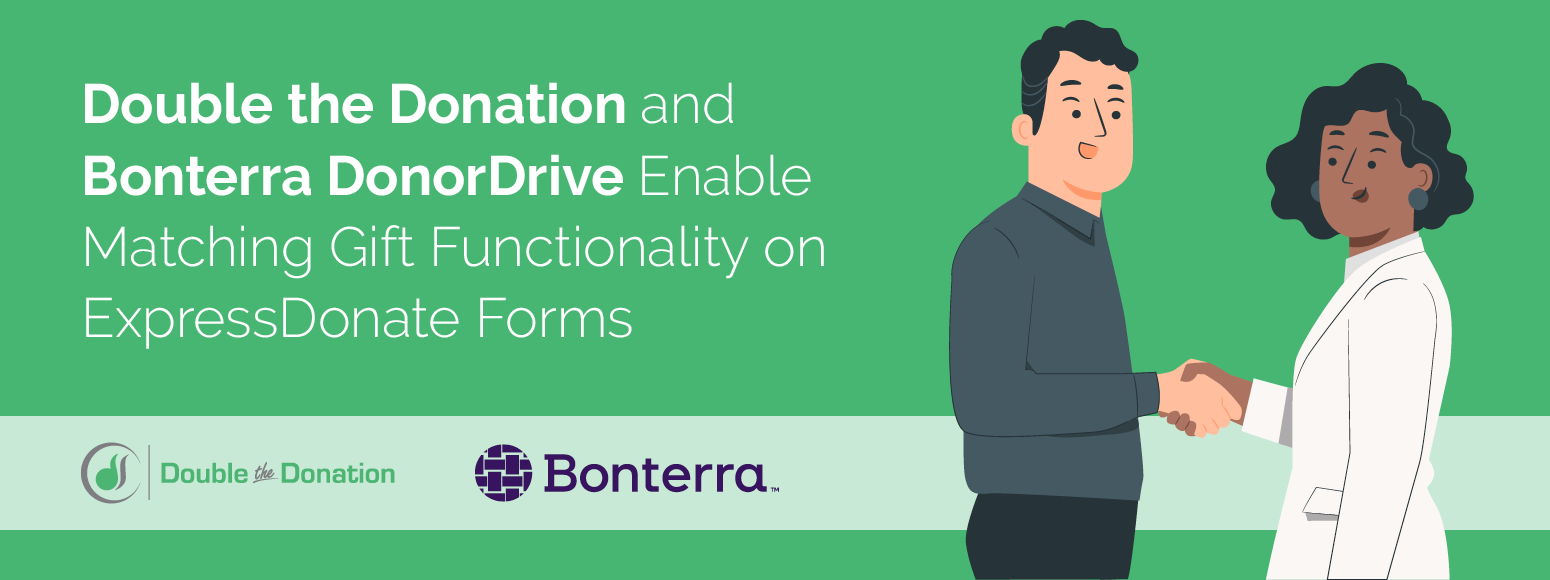
Double the Donation and Bonterra DonorDrive Enable Matching Gift Functionality on Modal Forms
Double the Donation and Bonterra DonorDrive are thrilled to announce…
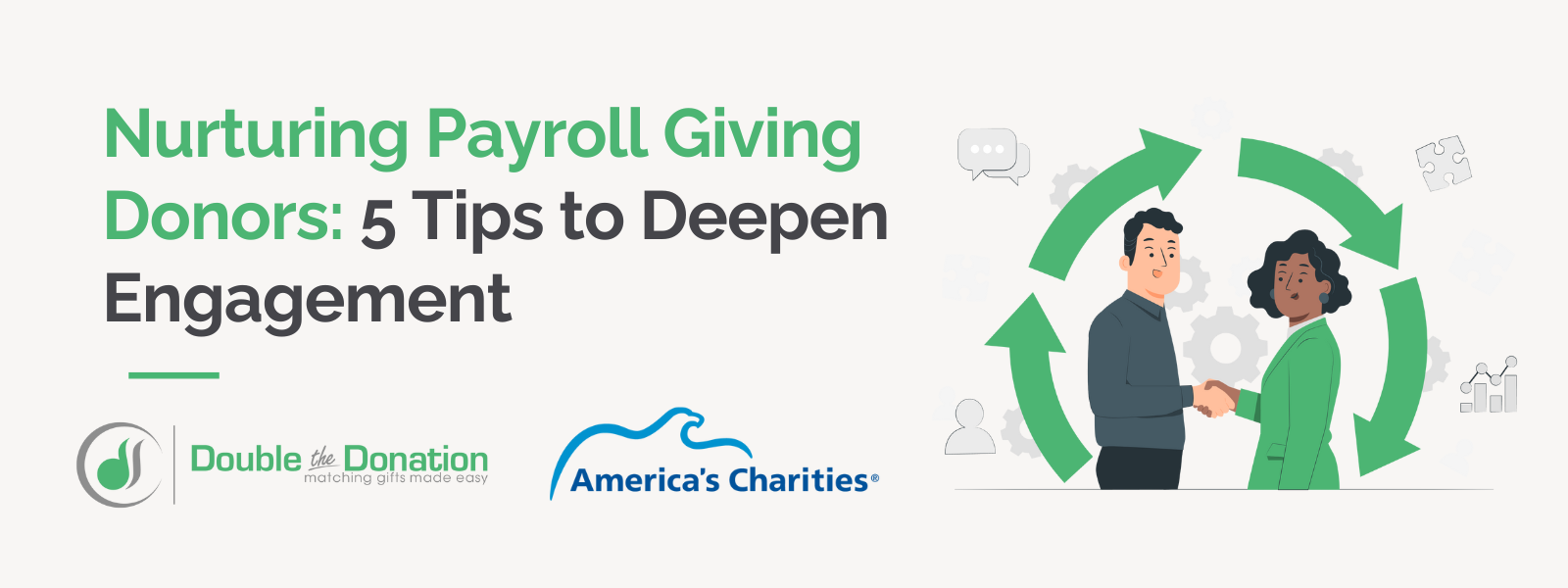 https://doublethedonation.com/wp-content/uploads/2025/08/Americas-Charities_DTD_Nurturing-Payroll-Giving-Donors-5-Tips-to-Deepen-Engagement_Feature-1.png
600
1600
Adam Weinger
https://doublethedonation.com/wp-content/uploads/2025/11/DTD-horizontal-logo-300x63.png
Adam Weinger2025-08-04 14:21:492025-11-21 04:45:40Nurturing Payroll Giving Donors: 5 Tips to Deepen Engagement
https://doublethedonation.com/wp-content/uploads/2025/08/Americas-Charities_DTD_Nurturing-Payroll-Giving-Donors-5-Tips-to-Deepen-Engagement_Feature-1.png
600
1600
Adam Weinger
https://doublethedonation.com/wp-content/uploads/2025/11/DTD-horizontal-logo-300x63.png
Adam Weinger2025-08-04 14:21:492025-11-21 04:45:40Nurturing Payroll Giving Donors: 5 Tips to Deepen Engagement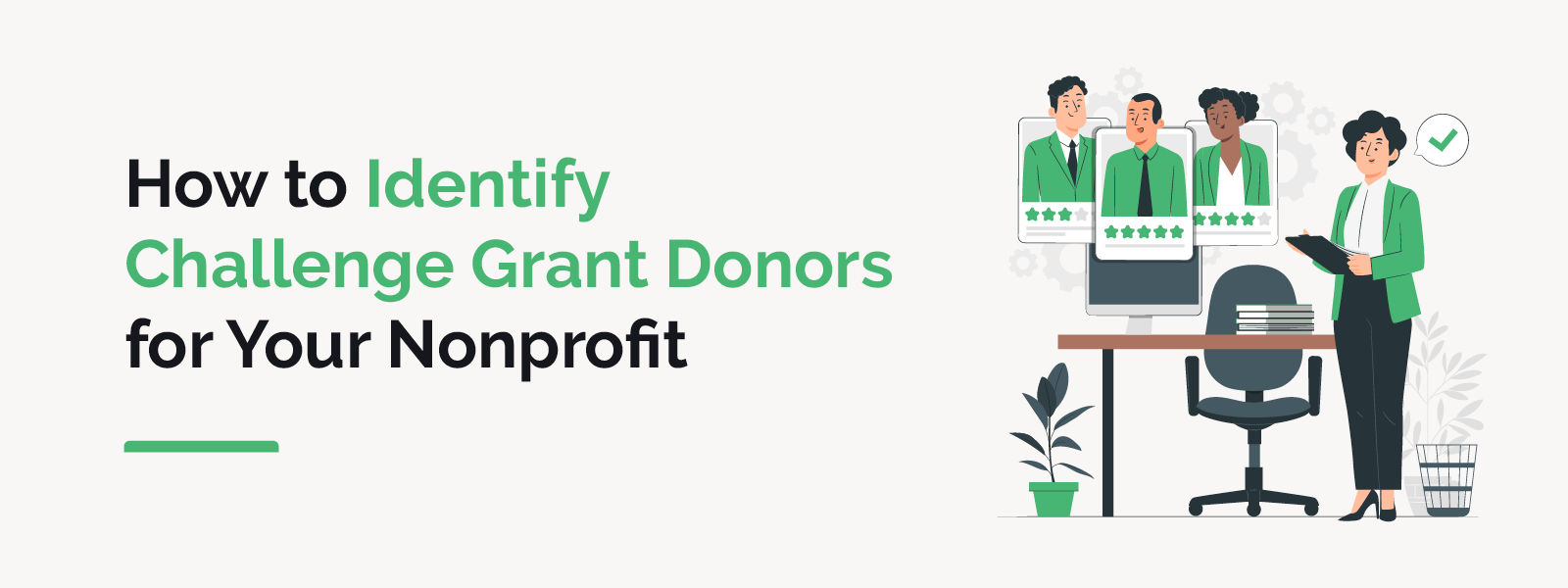 https://doublethedonation.com/wp-content/uploads/2025/07/DTD_How-to-Identify-Challenge-Grant-Donors-for-Your-Nonprofit_Feature.png
600
1600
Adam Weinger
https://doublethedonation.com/wp-content/uploads/2025/11/DTD-horizontal-logo-300x63.png
Adam Weinger2025-08-01 14:36:312025-11-21 04:40:33How to Identify Challenge Grant Donors for Your Nonprofit
https://doublethedonation.com/wp-content/uploads/2025/07/DTD_How-to-Identify-Challenge-Grant-Donors-for-Your-Nonprofit_Feature.png
600
1600
Adam Weinger
https://doublethedonation.com/wp-content/uploads/2025/11/DTD-horizontal-logo-300x63.png
Adam Weinger2025-08-01 14:36:312025-11-21 04:40:33How to Identify Challenge Grant Donors for Your Nonprofit
